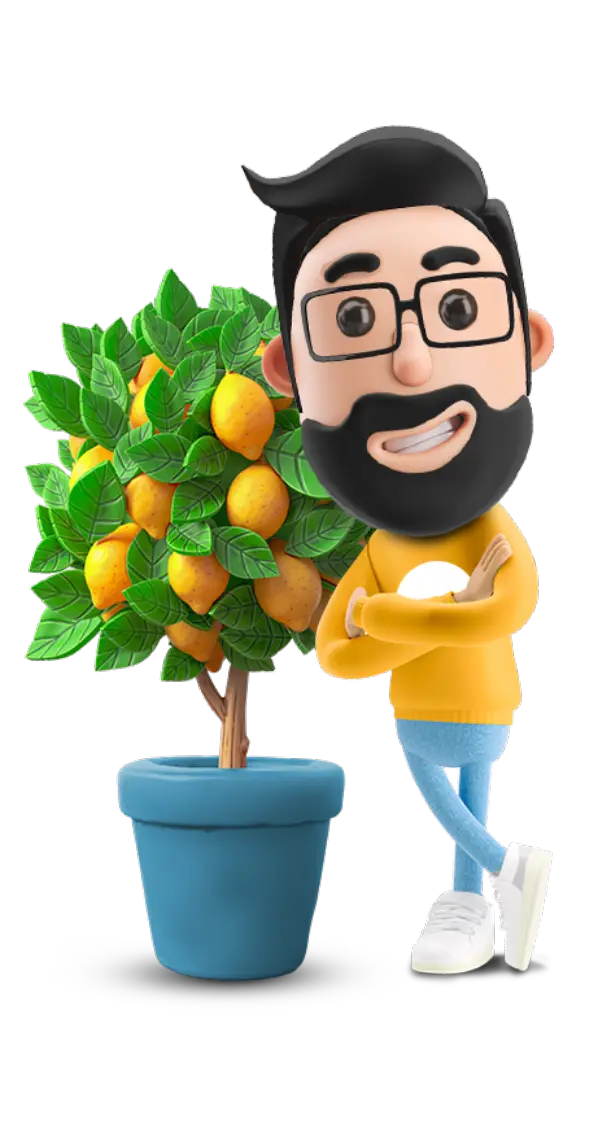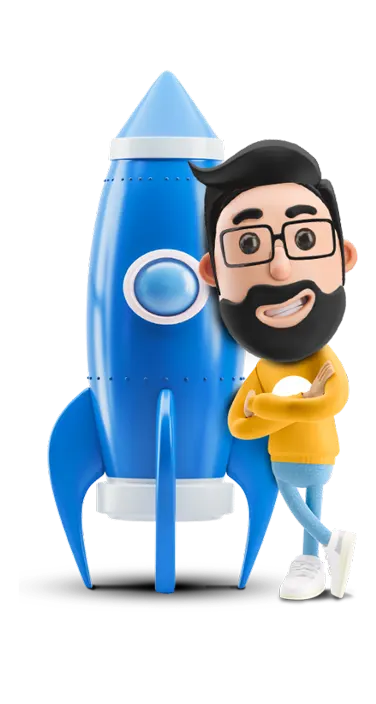
Launching Soon
Join our VIP list to receive early access and a LIFE-TIME discount on your Graphic
Design subscription.
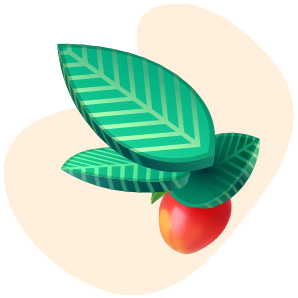
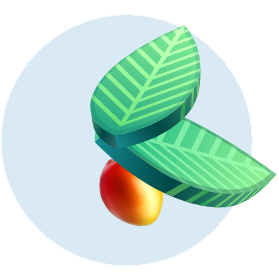
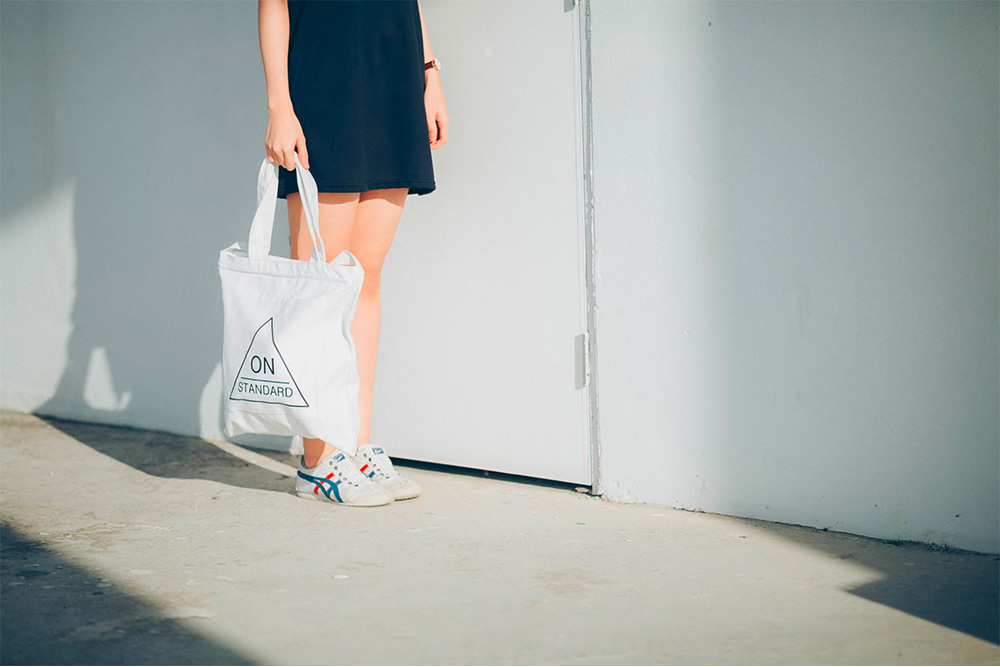
Image: Unsplash
Did you ever wonder how tote bags came about in the first place? Well, let’s talk you through it.
The inception of the tote bag began in the 1940s when a Maine-based outdoor store, L.L Bean’s sturdy canvas ice carrier allowed people to transport ice from their vehicles to their homes.
As the tote bag gained fashion momentum around the world, Australia embraced this versatile accessory as a reflection of its laid-back and eco-conscious lifestyle. In the 1970s-1980s, businesses began using tote bags for promotional merchandising and started to place logos on the bags to be sold as marketable goods.
After IKEA’s iconic debut of the Frakta (for a dollar) tote bag, bagged up in the 1990s, other brands and stores began to spring up their design as a reusable plastic bag alternative.
Today, amidst growing awareness of the environmental impact of plastic waste and the need for sustainable practices, tote bags have evolved beyond being mere fashion accessories. They have transformed into powerful statement pieces embraced by individuals from all walks of life, embodying a commitment to eco-conscious living and responsible consumer choices.
In our opinion (Brandripe’s opinion, that is), tote bags offer more than just revenue generation for businesses. They can serve as powerful branding tools, acting as walking advertisements that resonate with consumers who view them as statement pieces.
A well-designed tote bag can strengthen brand recall, foster customer loyalty, and promote your values in a subtle yet impactful way.
But how do we go about this? The key to designing successful tote bags lies in understanding your target audience. Consider demographics like age, gender, location and lifestyle. Are they environmentally-conscious fashionistas, budget-minded shoppers, or functionality-driven individuals? What are their typical tote bag uses – grocery shopping, beach trips, work commutes, or gym visits?
What’s it like for Australia, specifically?
According to Mordor Intelligence, Australian consumers are demanding eco-friendly goods, paper and natural fabrics to be used more frequently as packaging.
This indicates that Australia has a receptive market to sell tote bags. The Goldstein Market Intelligence suggests that customisation and printing options for tote bags are gaining opportunity, driven by self-expression and brand awareness.
It also goes on to say the tote bags market is expected to reach a whopping USD 3.6 billion by 2030. Now that it’s clear there is an opportunity and demand for tote bags in Australia, it’s time to consider how your business can bag up the market share.
The design process for the Aussie aesthetic
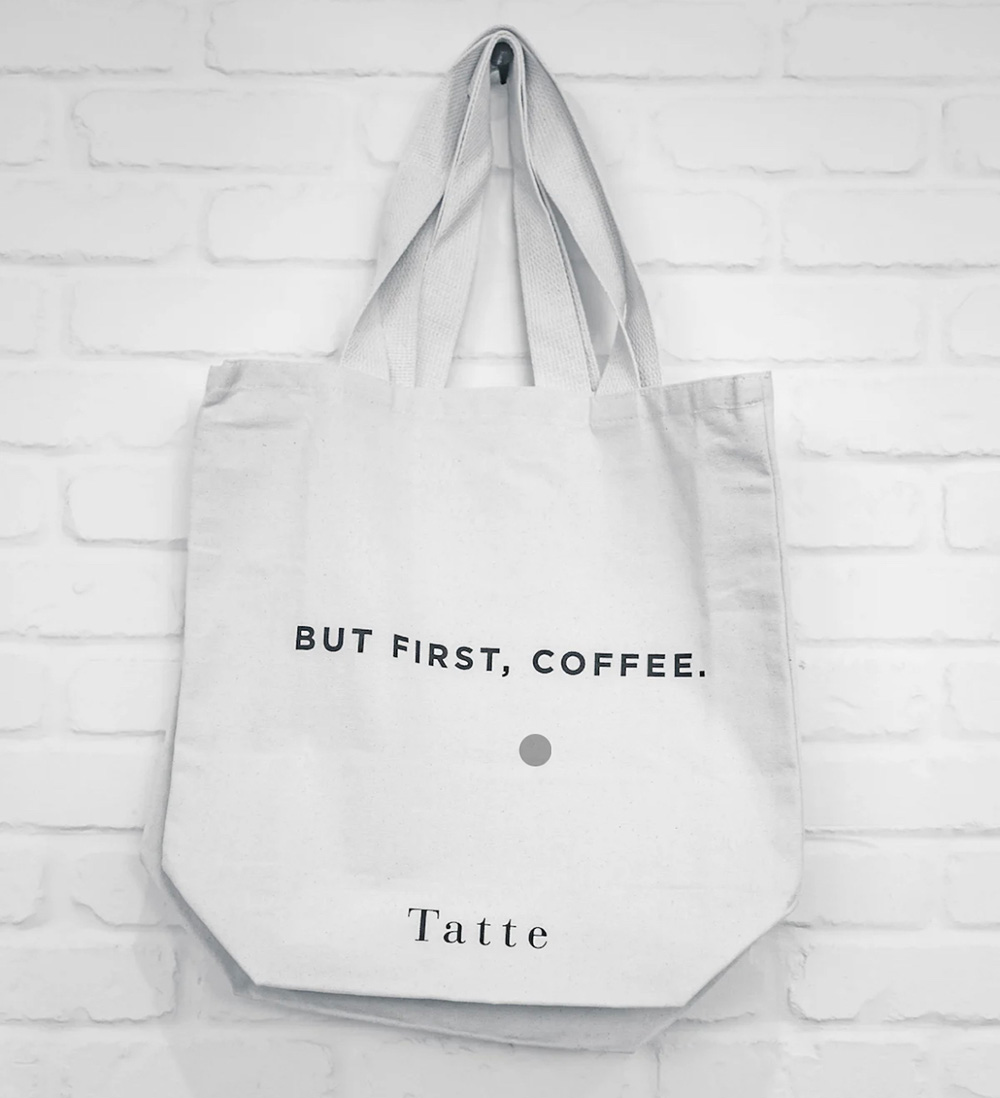 How does one go about designing a tote bag for the Australian market? Brandripe knows. Image: Unsplash
How does one go about designing a tote bag for the Australian market? Brandripe knows. Image: Unsplash
Create a mood board
To create a clear alignment between your brand and localising your tote design, a mood board can be very helpful. A good mood board will contain the following elements:
What are the core values of your brand? What are the values of your target customer? Once you have a good understanding of these values, you can start to brainstorm ideas for your mood board.</span >
The Aussie aesthetic is all about being laid-back and relaxed. Think natural textures, sun-bleached colours, vintage motifs and Aboriginal art influences.
What will people be using your tote bag for? Beach days? Picnics in the park? Farmers markets? Travel? Once you know the functional use, you can choose images that reflect that.
The Aussie colour palette is typically made up of burnt orange, dusty pink, eucalyptus green, ocean blue, sandy beige and terracotta accents.
Handwritten scripts, bold sans-serif, weathered typefaces and Aboriginal dot art-inspired fonts are all good choices for an Aussie aesthetic.
Think about what your target customer aspires to. Do they dream of surfing perfect waves? Exploring the Outback? Relaxing on a beach with a good book? Find images that capture those aspirations.
Now that you have an idea of what you are looking for, time to seek out examples of tote bag designs by other brands. This will give you a better idea of how to stand out in the market that is saturated with tough competition for tote bags. The key is innovation and being able to relate with your customers.
Here are some really good examples:
Sydney Opera House Canvas Tote Bag
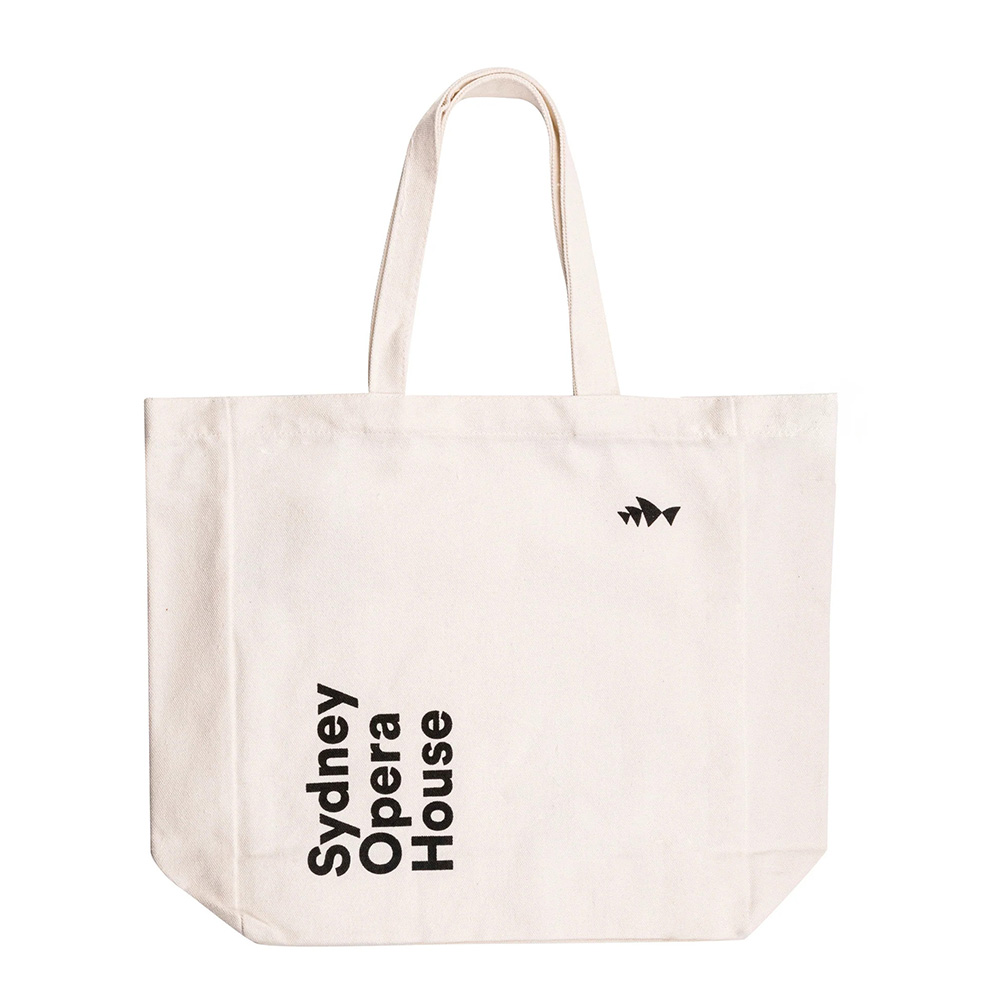 The minimalistic Sydney Opera House tote bag. Image: Sydney Opera House
The minimalistic Sydney Opera House tote bag. Image: Sydney Opera House
The Sydney Opera House takes a minimalistic approach with the use of black fonts on a white canvas tote bag. It features a classic design with the iconic Opera House printed on the front. The design, in its simplicity, becomes an invitation to engage with the landmark.
The absence of colour allows the imagination to fill in the details, conjuring memories of sun-drenched sails against the azure sky or vibrant performances unfolding within. It's a blank canvas, ready to be imbued with your own Sydney Opera House experience.
Do I Look Emused Tote Bag
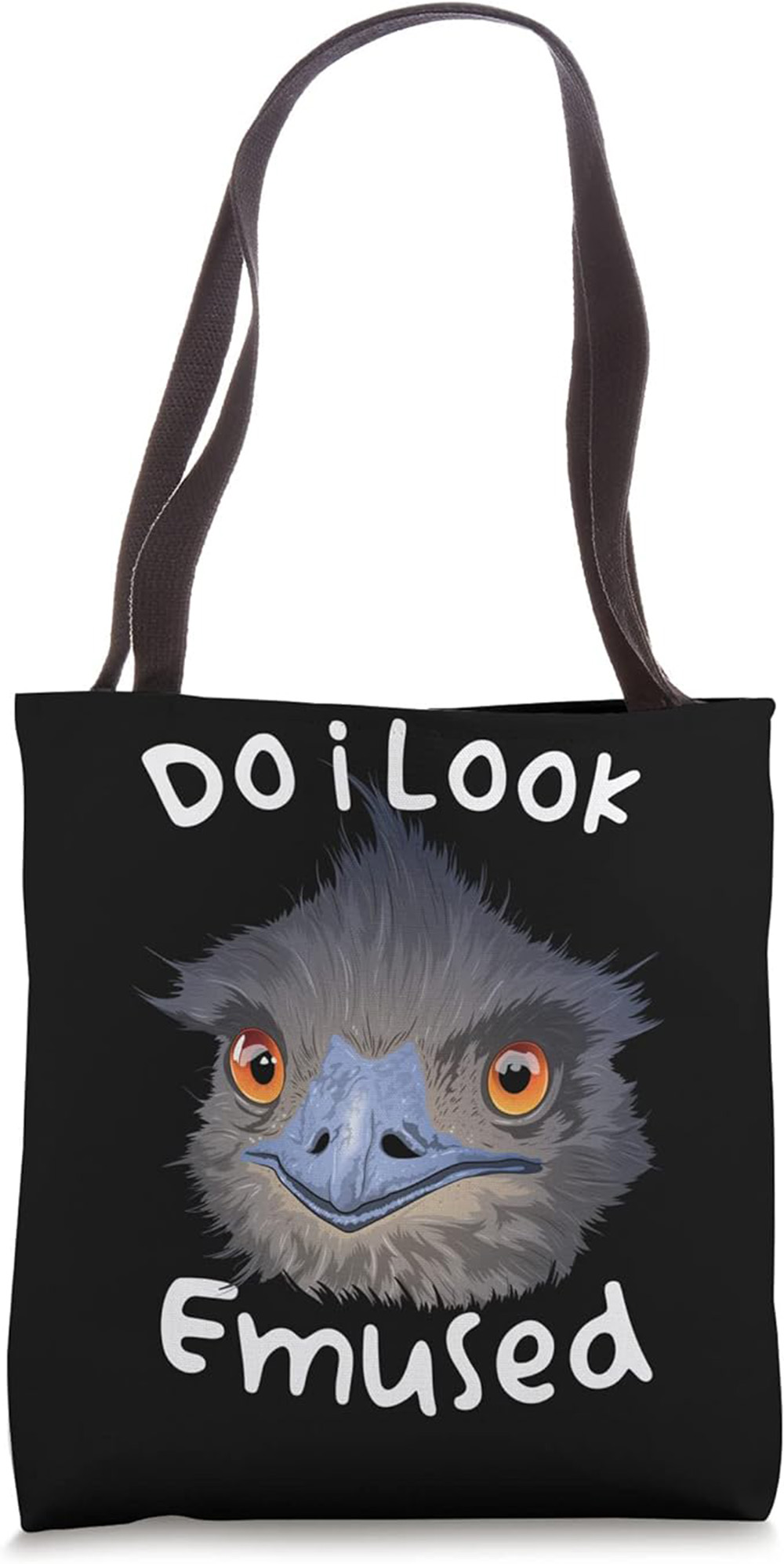 A classic example of an Australian-leaning tote bag design. Image: Amazon
A classic example of an Australian-leaning tote bag design. Image: Amazon
The "Do I Look Emused?" tote bag is more than just a shopping companion; it's a wearable quip, an invitation to laughter and a subtle nod to Australia's quirky charm. Made of sturdy canvas, it's likely as unfazed by your daily adventures as the emu emblazoned on the front.
But beneath the humour lies a touch of Aussie pride. The emu, though often viewed as comical, is a native icon, reminding us to embrace our individuality and laugh at ourselves. It's a reminder not to take life too seriously, just like the laid-back bird on the bag.
Helsinki Tram Bag
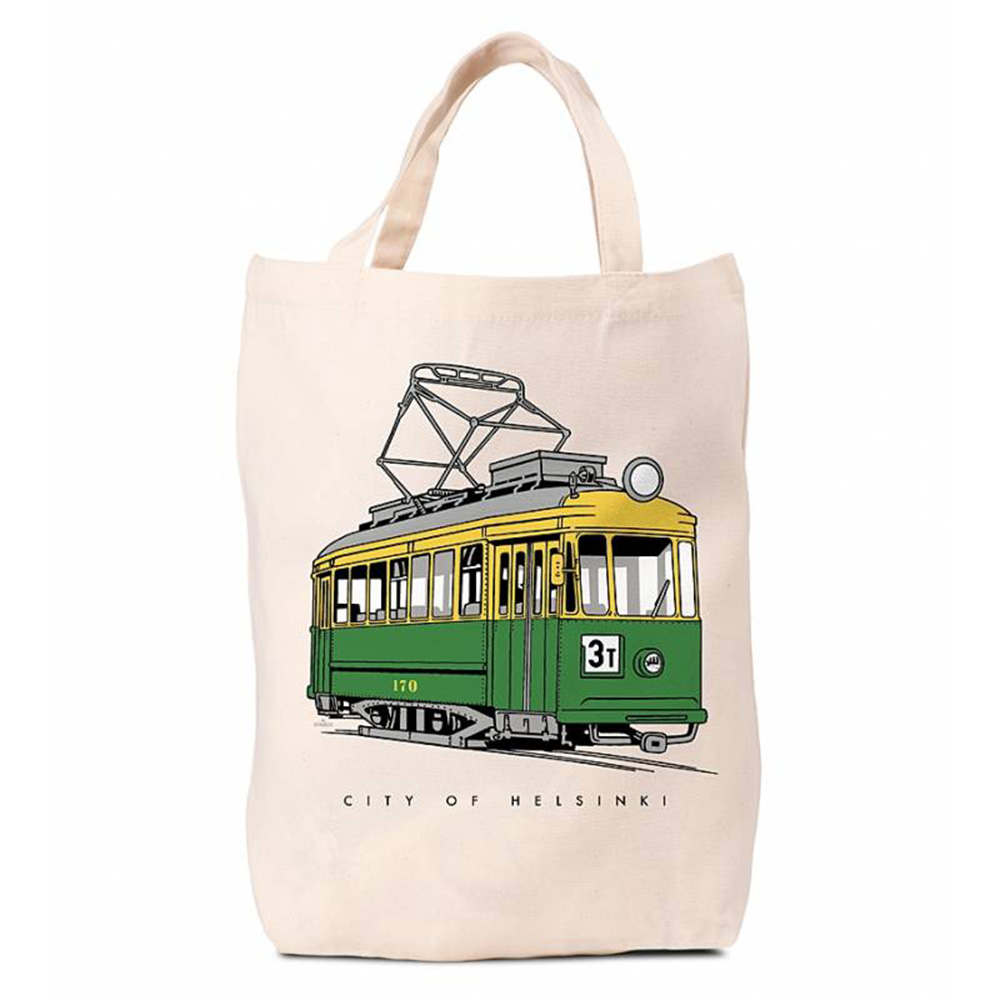 A good example of what a branded tote bag can look like. Image: Mikebon
A good example of what a branded tote bag can look like. Image: Mikebon
This tote bag is a charming ode to Helsinki's iconic tram system, the 3T. Crafted from sturdy canvas in a natural beige colour, it exudes a relaxed and practical vibe. The star of the show is the tram illustration emblazoned on the front.
The minimalist design allows the tram to take centre stage, making it a conversation starter for any Helsinki enthusiast or public transportation aficionado.
Feeling inspired? Here’s how you can get started
Once you’ve done the mood board, you can use Canva’s Tote Bag template to try your hand at the design work. Now, it’s one thing to design on Canva and a whole other thing to have the design correctly printed on your tote bag.
You can use the Canva template as a convenient starting point but to avoid accidentally burning thousands of dollars, it’s certainly better to hire a professional design team like Brandripe that can bring your vision to life in ways DIY might not fully achieve.
Why you should choose Brandripe for your tote bag design
Don't commit to large-scale production just yet. Brandripe offers a monthly flat rate from as low as AU$699 for unlimited designs, revisions and access to a wide range of design capabilities that is ready to be tailored to your needs, allowing you to test multiple designs or concepts with minimal upfront investment.
Get a tangible representation of your tote bag quickly with Brandripe's efficient prototyping process. See your design come to life, gather feedback and refine your concept before full-scale production.
Leverage Brandripe's design expertise to ensure your tote bag resonates with your target audience. They'll provide valuable feedback and suggestions to optimise your design for market appeal.
Minimise the risk of expensive production errors by testing your tote bag design with Brandripe's efficient process.
Once you're ready for full-scale production, Brandripe can seamlessly transition your tote bag design into larger quantities, maintaining quality and optimising efficiency.
Remember, testing the market doesn't mean sacrificing quality or compromising your vision. Brandripe's expertise, flexibility and data-driven approach ensure you test your waters with confidence, minimise risk, and ultimately launch a successful tote bag that your target audience loves.
So, don't hesitate to let Brandripe guide you on your path to tote bag success! Join us on a 15-minute Demo Call to let us show you how we can help you design for success!
